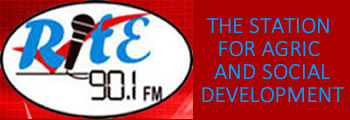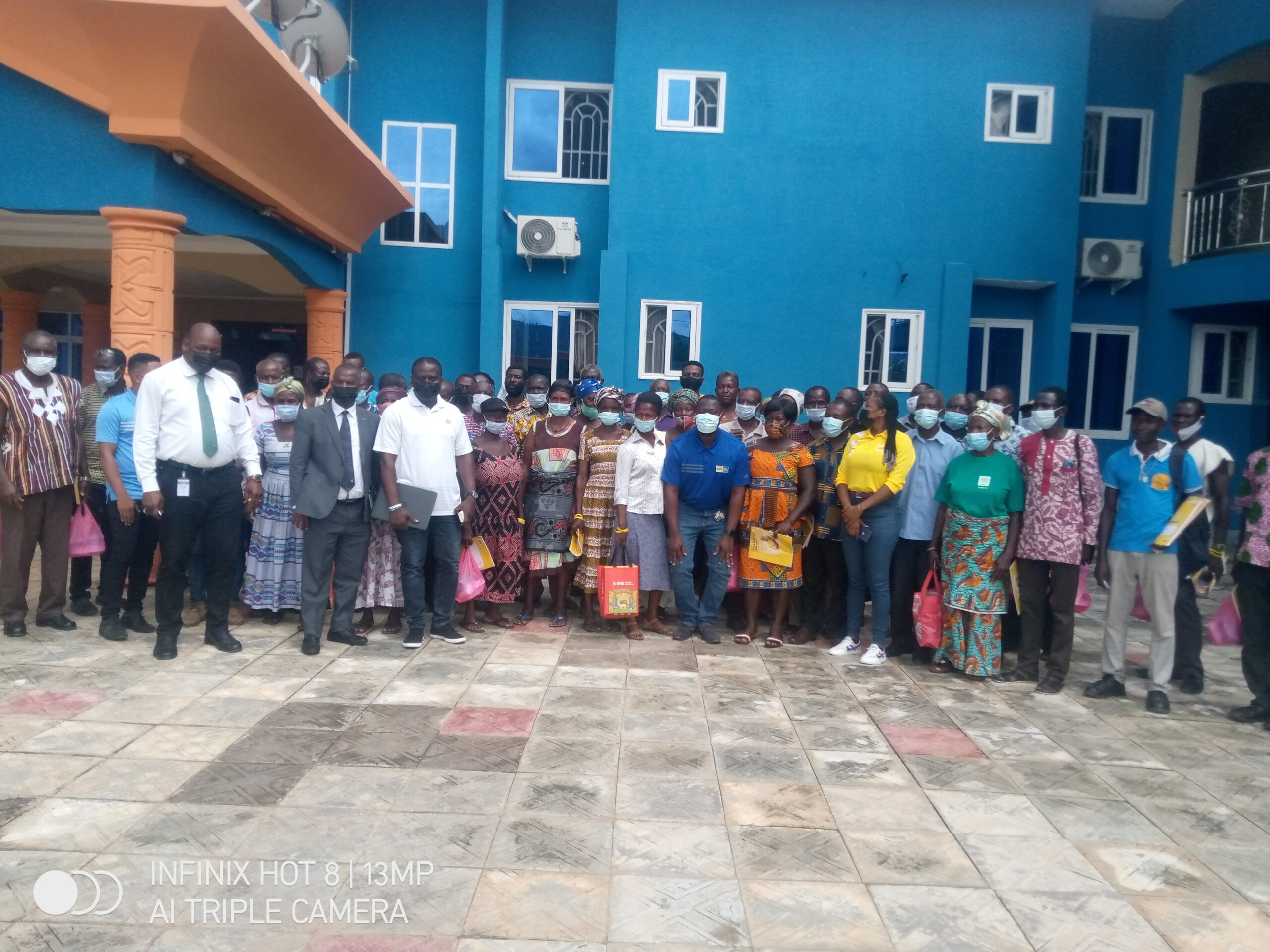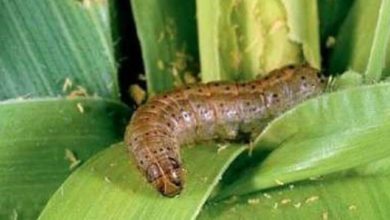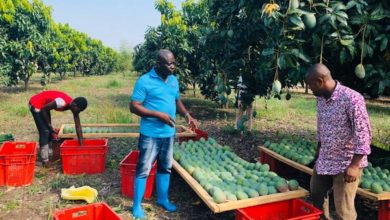Bacterial Black Spot: Plant Doctor Cites Government for Blame
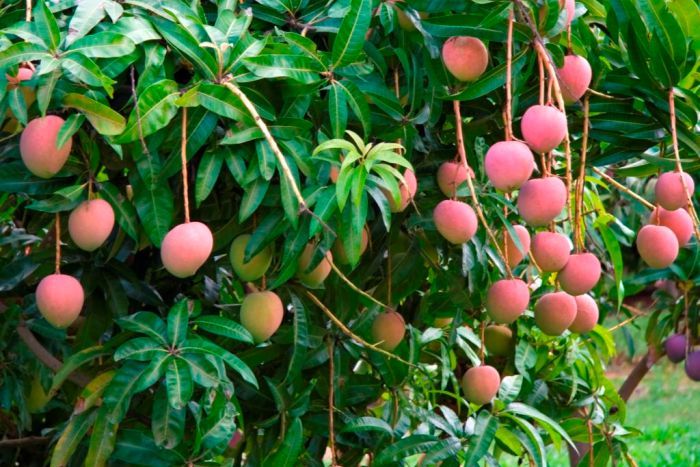
A Plant Doctor who doubles as an Extension Officer for the Lower Manya Krobo Municipality in the Eastern region, Mr. Jeremiah Nyumuteye has chided government for its failure to deal with the Black Bacterial Spot (BBS) scourge.
Mr. Nyumuteye cited the government’s failure to invest in the various agric institutions as one of the core failures that has fuelled the spread of the BBS.
“Government has refused to invest in the agricultural institutions in the country for them to run effectively and efficiently. There are no funds and logistics to carry out the research as expected to bring forth the necessary solutions,” he lamented.
Mr. Jeremiah Nyumuteye made the assertion in an interview with host of Rite FM’s Morning Ride, Captain Adabugar on Monday as part of discussions aimed at addressing the threats posed by the outbreak of the disease in the Yilo Krobo, Lower Manya Krobo and Shai Osudoku districts in the Eastern and Greater Accra regions respectively.
To him, government has also failed to appreciate the need for regular researches as a way forward.
“Government has also failed to understand that research should not be limited to just a onetime activity that will yield solutions. Sometimes, as a researcher, you need to conduct more than five (5) experiments before you get what you want,” he asserted.
The plant doctor cautioned government not to see the fight against the BBS as a waste of resources simply because a solution has not been found. To him, the fight needs to be sustained before any breakthrough could be found.
“The government thinks it is wasting resources because it is not finding solutions after trying only a few times but this should not be the case because fighting bacteria is very difficult and different from tackling insects like the fall army worms which have not yet been brought under control,” he added.
Government’s effort to get the disease under control is very critical and subsidization of the chemicals used for fighting the disease is very important.
Source; Prince Paul Amuzu/www.ritefmonline.org/princeamuzu667@gmail.com
